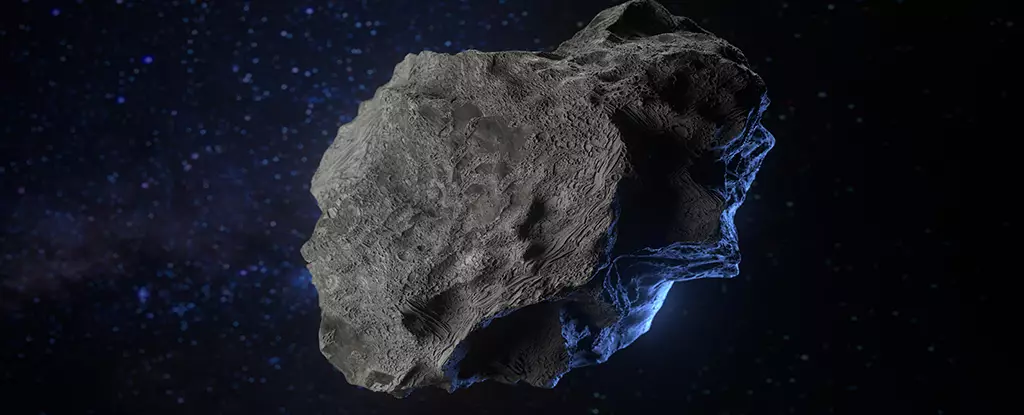NASA’s Jet Propulsion Laboratory has recently detected an enormous asteroid hurtling towards Earth. Dubbed the “city killer,” this massive space rock is set to make its closest approach to our planet today, at a distance of approximately 1.77 million miles. With a size comparable to that of a US football stadium, the asteroid poses a significant threat to inhabited areas if a collision were to occur. While this mammoth celestial body will remain too distant to observe with the naked eye, there is an opportunity to witness its presence through a livestream conducted by Gianluca Masi, an astrophysicist, and his colleagues.
The significance of this particular asteroid lies in its potential to annihilate an entire city if it were to collide with a populated region on Earth. Due to its immense size, experts have labeled it a “city killer.” According to NASA, this celestial behemoth measures around 890 feet in diameter, matching the dimensions of a typical US football stadium. It is important to note that while this asteroid may pose a serious threat, its distance and small size render it nearly invisible without the aid of a telescope. In fact, it will be roughly 10,000 times fainter than the faintest stars visible to the naked eye.
Observing the Asteroid
Fortunately, those interested in witnessing this astronomical event can tune into a livestream provided by Gianluca Masi and his team. The livestream will commence at 1 pm ET today and will allow viewers to observe the asteroid as it passes by Earth. By monitoring the livestream, one can discern the asteroid as a small dot moving amidst other fixed tiny dots, representing stars in the background. The broadcast will last approximately 45 minutes, providing ample opportunity to marvel at this captivating celestial spectacle.
Asteroid’s Path and Potential Hazard
The asteroid in question, named 2008 OS7, has an oval-shaped orbit that permits it to traverse our Solar System every 962 days. Following its close approach to Earth, the asteroid will continue along its predetermined path, affecting its distance from our planet during subsequent encounters. For instance, projections suggest that during its next close approach in July 2037, it will be situated approximately 9.7 million miles away. Due to its size and proximity to Earth, it falls under NASA’s classification of a “potentially hazardous” asteroid. To be designated as such, an asteroid must have a diameter of at least 460 feet and orbit within a distance of approximately 4.65 million miles from Earth.
While scientists have identified over 34,000 near-Earth objects, only about 2,300 have been classified as potentially hazardous. However, NASA suspects the existence of countless others that have yet to be discovered. To safeguard against the potential devastation caused by a sizable asteroid on a collision course with Earth, early detection is crucial. The Near-Earth Object Surveyor mission, scheduled for launch in September 2027, is NASA’s initiative to enhance their search for near-Earth objects. This mission will utilize an infrared space telescope positioned in Earth’s orbit, expanding NASA’s ability to identify and track potential threats.
As the “city killer” asteroid approaches Earth, the scientific community and space enthusiasts alike eagerly await its fleeting encounter. While it will remain invisible to the naked eye, the livestream presented by Gianluca Masi and his team provides an opportunity for all to witness this extraordinary celestial event. The asteroid’s presence serves as a reminder of the importance of continued exploration, research, and preparedness in our quest to protect our planet from potential cosmic threats.

Leave a Reply